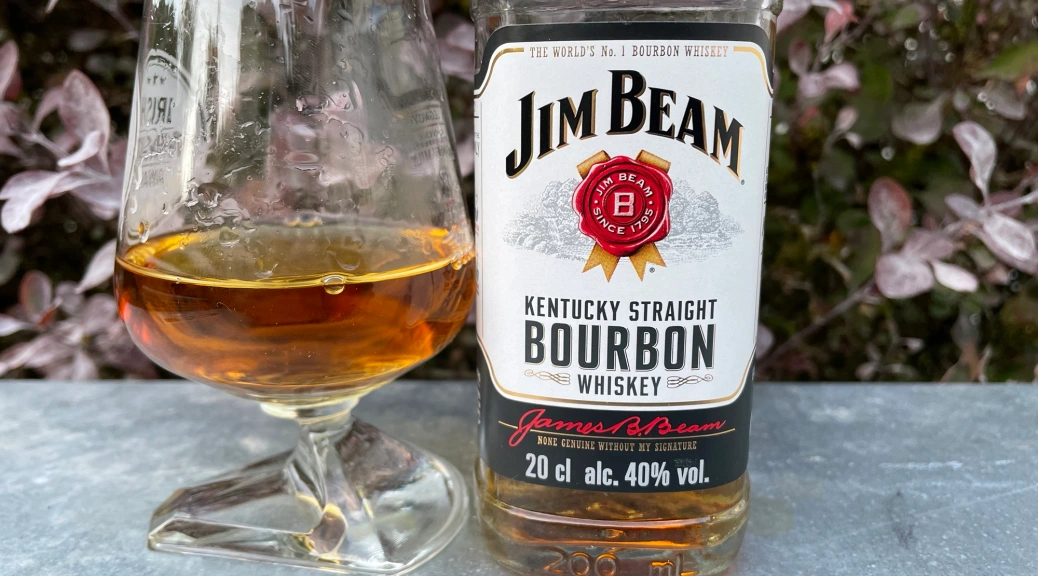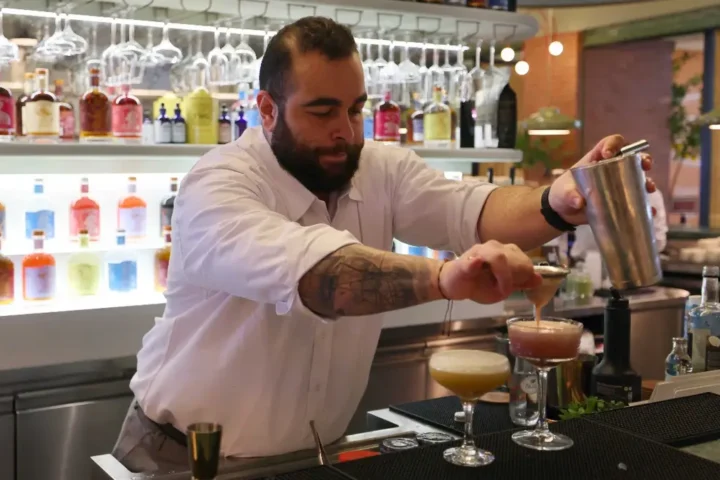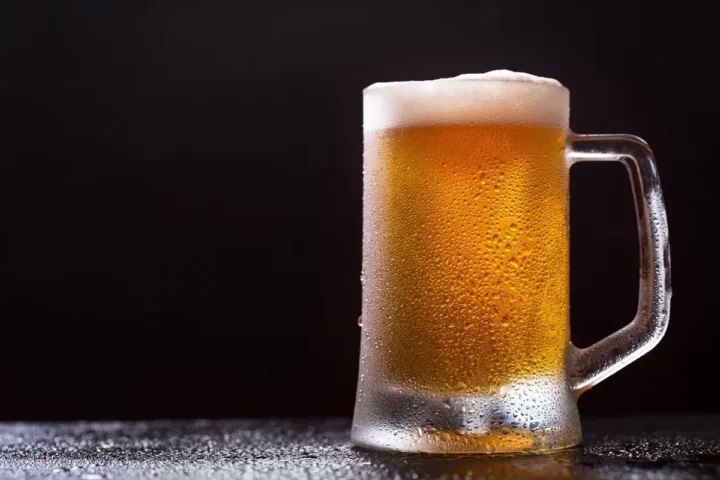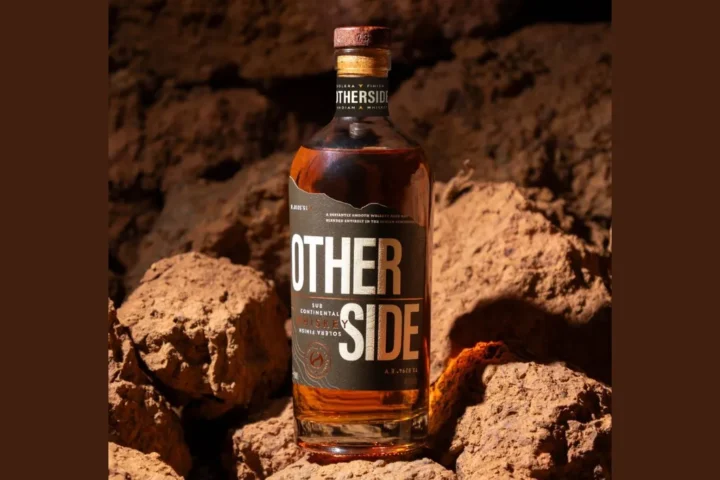In a major move to boost trade relations between India and the United States, the Indian government has reduced import tariffs on bourbon whiskey from 150% to 100%. This decision, announced on February 13, 2025, is expected to have significant economic implications for both countries. The tariff reduction comes at a time when US-India trade discussions have intensified, particularly in the wake of Prime Minister Narendra Modi’s visit to the US.
What is Bourbon Whiskey?
Bourbon whiskey is a uniquely American spirit, primarily made from at least 51% corn and aged in new charred oak barrels. Known for its smooth texture and rich caramel and vanilla notes, bourbon is a staple in the US liquor market and has gained popularity worldwide. Major brands such as Jim Beam, Maker’s Mark, and Wild Turkey dominate the global bourbon industry, which was valued at $9.3 billion in 2024 and is projected to grow significantly in the coming years.
Key Highlights of India’s Tariff Reduction
1. Tariff Adjustment: A Strategic Shift
Before this reduction, imported bourbon whiskey faced a massive 150% duty, making it one of the most expensive foreign liquors in India. With the new structure, tariffs have been lowered to 100%, which includes a 50% basic customs duty and an additional 50% levy. While still high compared to global standards, this reduction is expected to enhance market accessibility for American whiskey brands.
2. Exclusive to Bourbon Whiskey
The tariff cut applies only to bourbon whiskey, leaving import duties on other liquor categories unchanged at 150%. This selective relaxation is seen as a gesture toward strengthening India-US trade ties while maintaining protectionist measures for domestic alcohol manufacturers.
3. Modi’s US Visit: A Catalyst for Change
The decision follows high-level trade discussions during Prime Minister Modi’s recent visit to the US. This move is seen as an effort to address long-standing concerns raised by American officials, including former President Donald Trump, who had criticized India’s high import duties, calling it the “tariff king.”
4. Impact on India’s Growing Spirits Market
India is the world’s third-largest liquor market, valued at approximately $35 billion. The reduction in bourbon tariffs could open doors for American brands to expand their presence in India’s premium spirits segment, which is expected to grow at a CAGR of 7% over the next five years.
5. Economic and Trade Implications
This tariff cut is expected to:
- Boost American exports: The US exported over $1 billion worth of whiskey globally in 2024, with India being a key emerging market.
- Increase Indian market competition: With lower tariffs, American bourbon brands will be able to compete more effectively with Indian premium whiskey brands like Amrut and Paul John.
- Strengthen US-India trade relations: This move signals India’s willingness to ease trade barriers, potentially leading to further tariff reductions in other sectors.
What This Means for Indian Consumers
For whiskey enthusiasts in India, this reduction could mean lower prices on premium bourbon bottles, making American whiskey more accessible. While exact price drops will depend on distributor markups and state excise policies, industry experts anticipate a 10-15% price reduction on imported bourbon brands in major metropolitan cities.
Interesting Read
Final Thoughts: A Step Towards Trade Liberalization?
While India’s tariff reduction on bourbon whiskey is a step forward, experts argue that the country still imposes some of the world’s highest liquor import duties. This move, however, signals a possible shift towards more open trade policies between India and the US.
As global trade dynamics evolve, this decision reflects India’s growing commitment to fostering stronger economic partnerships while balancing domestic interests. Whether this sets a precedent for further tariff relaxations remains to be seen, but for now, bourbon lovers in India have a reason to raise a glass.







